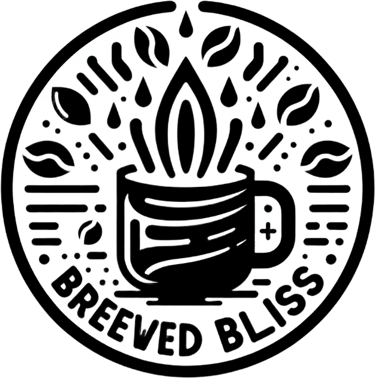Top 7 Pour-Over Techniques from the Pros
BLOG NEWSMETHODS
10/26/20252 min read


Understanding Pour-Over Coffee
Pour-over coffee is a revered brewing method that emphasizes precision and control, resulting in a rich and flavorful cup. Unlike auto-drip machines, pour-over allows the barista to dictate various brewing parameters, including water temperature and flow rate. In this guide, we will explore the top seven techniques that professional coffee makers utilize to elevate their pour-over experience.
1. Selecting Quality Beans
The foundation of any exceptional cup begins with high-quality coffee beans. Professionals recommend sourcing beans that are fresh and roasted within the last two weeks. Coffee from local roasters can often provide the nuances required for a compelling pour-over experience. In addition, exploring different varieties, such as single-origin coffees, can further enhance the flavor profile.
2. Grinding for Consistency
Another crucial aspect of the pour-over process is ensuring that your coffee grounds are uniform in size. A burr grinder is preferable since it produces consistency in the grinding process. The optimal grind size for pour-over coffee is medium to medium-fine. This allows for a balanced extraction, where the flavors are fully developed without overpowering bitterness.
3. Mastering the Water Temperature
Water temperature plays a significant role in coffee extraction. Professionals recommend using water heated to about 195 to 205 degrees Fahrenheit. This range is ideal for extracting the essential oils and flavors from the coffee without leading to over-extraction, which can result in a bitter taste. A thermometer is an essential tool for achieving the perfect temperature.
4. Controlling the Pouring Technique
One of the hallmarks of a professional barista is their pouring technique. A slow, steady pour in a circular motion promotes even saturation of the coffee grounds. Begin by saturating the grounds slowly to allow for blooming, where gases escape and flavors are enhanced. After the initial bloom, continue pouring gradually to maintain consistent water flow through the coffee bed.
5. Measuring Coffee and Water
Precision in measurements is vital for a successful pour-over. A good ratio to start with is 1:15 coffee to water, meaning for every gram of coffee, use 15 grams of water. This ratio can be adjusted based on personal taste preferences. Using a kitchen scale improves both accuracy and consistency with each brew.
6. Timing the Brew
Timeliness in brewing is crucial. A typical pour-over should take between three to four minutes to complete. Utilizing a timer allows you to monitor the extraction process carefully. Adjusting the brew time influences the strength and flavor of the coffee. If the brew is too fast, the coffee may be under-extracted; if too slow, it could lead to over-extraction.
7. Experimenting with Techniques
Finally, seasoned pour-over experts encourage experimentation with various techniques, such as different pour patterns, grind sizes, or even water types. While consistency is essential, adjusting variables can yield unique flavors that enhance the overall coffee-drinking experience. Don't hesitate to document findings to perfect your brew according to your taste.
By adopting these seven pour-over techniques from professional baristas, coffee enthusiasts can significantly improve their brewing skills and enjoy a richer, more satisfying cup of coffee.
